- Make It Yourself Lavender Heart-Shaped Bath Bombs!
- 20 Things You Never Knew About “Down There”
- 12 Best Foods For Those Suffering From Arthritis Pain
- 12 Personal Hygiene Mistakes Almost Everyone Makes (Mom Never Told You About #4!)
- 15 Medicinal Plants And Herbs From The Cherokee People
- 12 Mind-Blowing Benefits Of Drinking Coconut Water During Pregnancy
- 12 Outstanding Winter Foods That Won’t Fatten You Up Like A Christmas Turkey
Super Foods Anyone Can Grow at Home
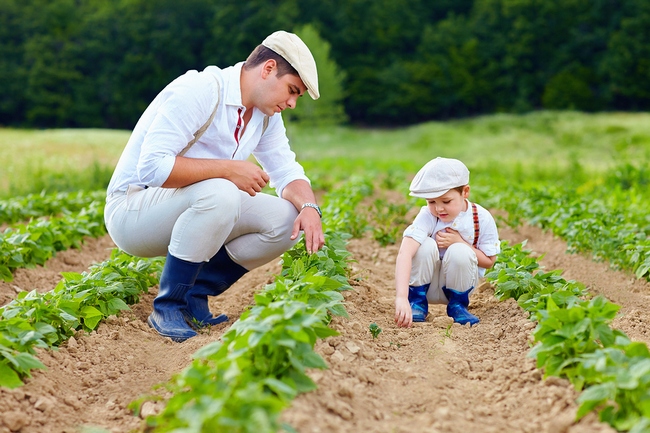
Photo credit: bigstock
Super foods are a term you hear a lot, even though there is really no set definition of this term. Most people would agree that a super food is a natural food that has a high amount of nutrition, such as vitamins and minerals, along with other healthy ingredients, such as antioxidants and fiber. Although super foods are grown all over the world, you can probably grow most of them right in your own garden, or even in pots on your patio!
Imagine walking outside your back door and picking out your own food for the day?! Fresh, organic, wholesome fruits and veggies for your whole family! If this sounds good to you, keep reading for a list of the super foods almost anyone can grow at home.
1. Broccoli
Besides being one of the world’s best super foods, it’s fairly easy to grow almost anywhere. If you like you can buy starter plants from your local nursery or grow them from seeds.
Seeds will take more time but will work just as well. Broccoli likes cooler weather so, depending on your location, you can either start them indoors and then transfer them in the early spring when all danger of frost has passed, or plant them in late summer so you can harvest just before the first frost.
Broccoli takes about 3 months before it is ready to harvest so if you plant your seeds in March, you should be able to harvest in June.

Photo credit: bigstock
2. Berries
The easiest berries are blackberries, blueberries, and raspberries.Find out super benefits from blueberries now.
All of these are well-known superfoods and are pretty simple to grow in America. Now it can take as long as 3 years for the blueberry canes to mature and give you fruit, and two years for blackberries, so you need a bit of patience, but it’s well worth it. These plants, especially raspberries, can be invasive, so you need to trim them to keep them under control, but just a small area of your yard, using a wall for a support, will give you berries for you, your family, your neighbors, and coworkers for a year.
Buy canes at your nursery in the winter and plant them as soon as the ground is workable. Give them water during the summer and you will have tons of fresh berries before you know it!
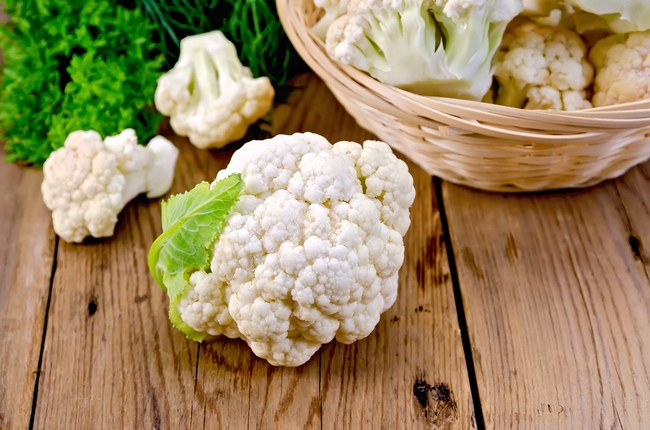
Photo credit: bigstock
3. Cauliflower
This is a powerhouse of nutrition and a super easy veggie to grow.
Cauliflower likes very fertile soils, so be sure you put in plenty of well-rotted manure or some other type of organic compost before you plant. This is another cool temperature veggie so many people plant them at the same time they plant their broccoli. Plant cauliflower seeds or seedlings about 2 feet apart. If it doesn’t rain be sure to water them about every 10 days.
Cauliflower is ready in 2 to 3 months, just like broccoli so feel free to plant them side by side.

Photo credit: bigstock
4. Pomegranates
This super healthy fruit is native to Persia, but they flourish all over the world.
They are small to medium sized shrubs, rarely growing larger than 5 feet in height and therefore don’t take up much room. In fact in many places pomegranate bushes grow with absolutely no care whatsoever other than a bit of water during the summer in the hottest areas.
A super fruit that is super easy to grow, what more could you ask for?
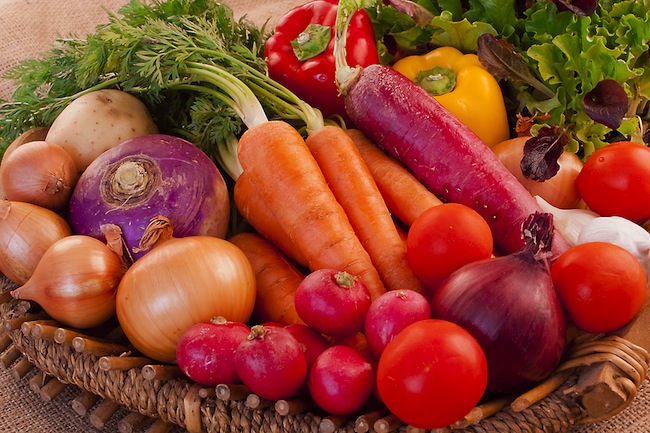
Photo credit: bigstock
5. Carrots
Carrots are loaded with vitamin A and beta-carotene which are vital for our eyesight, skin, and a healthy immune system. It’s one of the superfoods for fall eating.
Carrots are super easy to grow as they are drought resistant and don’t need as much water as other veggies. If the tops look a little wilted, it’s time for water, but some carrots can go without water for 3 weeks!
You can sow carrots seeds anytime between February and July but they do take about 3 months to mature. However, if you plant seeds about every two weeks, you can have tons of carrots almost all year around!
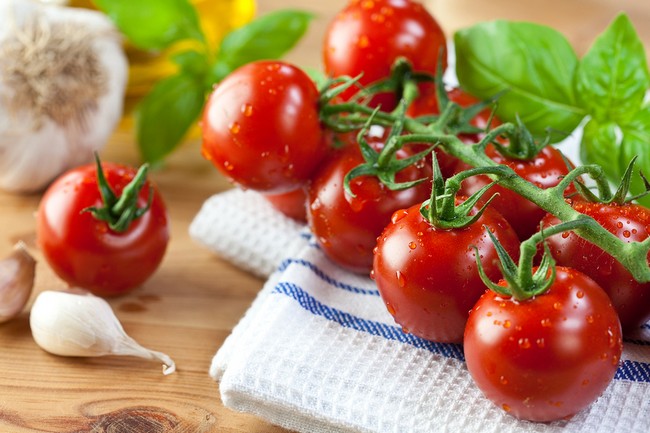
Photo credit: bigstock
6. Tomatoes
No list is complete without tomatoes! Rich in lycopene and antioxidants, tomatoes can be used in thousands of dishes, they are popular for canning (find out why you should start canning), and they are super easy to grow.
Tomatoes can be grown in a pot on your terrace. Buy a seedling from your local nursery and plant it in a spot that gets at least 6 hours of sun, but 8 or 10 hours is better. Tomatoes need regular watering to grow but they are worth the trouble. Put a stake or a cage around the seedling when you plant it as it will need support. Pick off those tomato bugs by hand when you see them and you will be eating your own fresh tomatoes in about 2 months after planting!
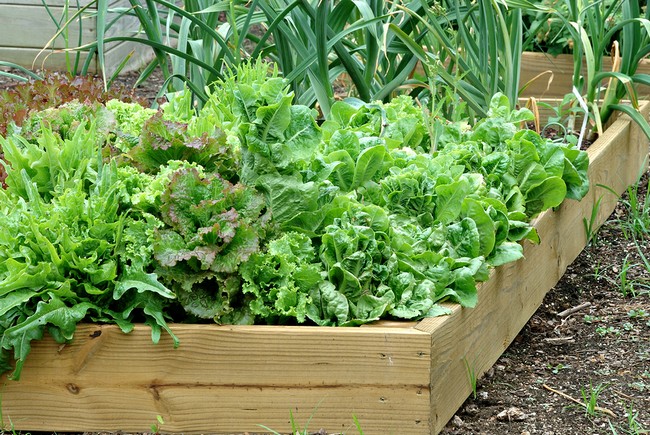
Photo credit: bigstock
7. Romaine Lettuce
So much more than just rabbit food, romaine lettuce has virtually no fat, is low in calories, and is perhaps the perfect lettuce for summer salads.
You can grow lettuce in pots or in the garden. Water your plants about every two weeks if you don’t get rain. Thin the seedlings with about 30 cm of space in-between them after the first leaves begin to appear.
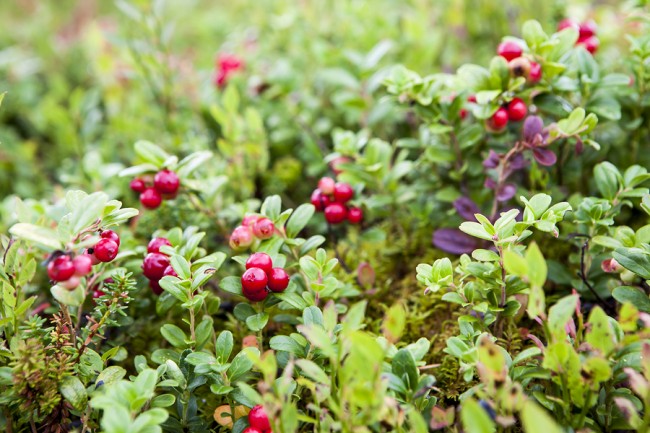
Photo credit: bigstock
8. Lingonberries
These are quite common in Scandinavian countries, but not as much in America. These berries are related to cranberries and are great sources of vitamin C, flavonoids, minerals, and polyphenols. These berries like cooler temperatures but you can still grow them in the Western United States if you plant them on North facing walls and give them plenty of water and protection from the sun. For those of you in the East, these will grow well for you.
Growing your own fruits and veggies can be quite a bit of work but it is so worth it! Once you begin eating your own organic foods that you grew yourself, you will find you are hooked on gardening and will look forward to expanding your garden every year.
































